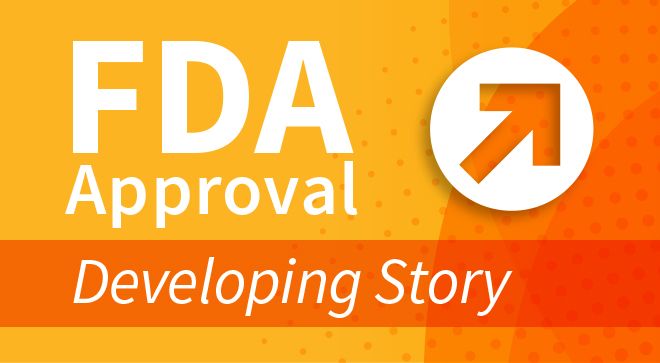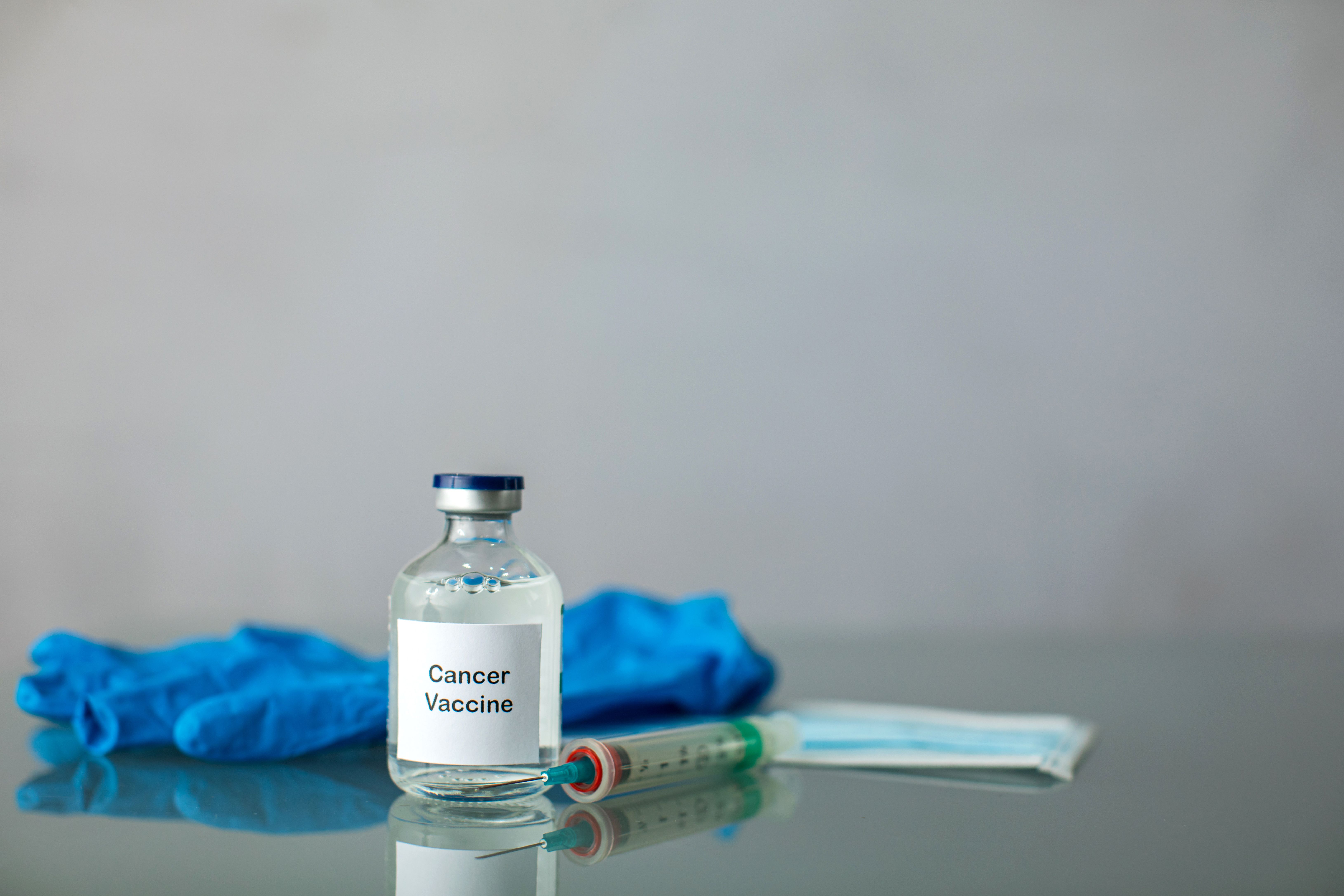Video
A Team Effort in NSCLC: Support and Information
Transcript: Jyoti D. Patel, MD: Oncology care is certainly a team sport, I would say. There are multiple people who are involved in different facets of your care, from the multidisciplinary team of different specialties like medical oncology, surgery, pulmonary and radiation oncology to the multiple people in each of those teams, including the physicians, physician assistants, the nurses, and all those people who help you get through this journey. What’s your experience with team-based care? Was it different from what you expected it to be?
Laura O’Brien: It was a very, I’m going to say, enjoyable experience. Your nurse, Kaitlin, and Brittany, your PA, were wonderful. I felt like I had a whole family of people who were helping me, supporting me. I used the MyChart that the hospital offered, and I would communicate back and forth with them. If I had any kind of a question, they would get back to me immediately, or if it warranted a phone call, they would give me a phone call. I would come in and they would support me in any way that I needed, and then we’d discuss it all together. It was a very good experience.
Jyoti D. Patel, MD: That’s great. I think that one thing we heard about was your fever and your rash before. Using MyChart in the patient portal, a nice piece of that is these symptoms become part of your chart. And so it’s really easy for multiple people in a team to not drop the ball, right? So we’re really working as a team. There’s no backtracking. We’re able to see in real time what’s happening. I know it seems a little bit frightening to think, “Well, I’m just entering this in my patient portal. Will anyone get back to me?” But by and large, there are multiple moving parts, and we want to be as efficient as possible. Were there certain needs that were addressed by infusion nurses versus clinical navigators that were different, or relationships with those different people on your team?
Laura O’Brien: The infusion nurses, I felt they were all wonderful. From start to beginning, they would come in. If I saw the same one the following week, they would remember me. Everybody was just very, very friendly and very caring. I always felt like they were doing the best for me.
Jyoti D. Patel, MD: That’s great. One piece was that you were in medical oncology a lot those initial nine weeks, but you also knew you had a couple of other teams that were watching out for you: the thoracic surgeons and the interventional pulmonologists. And so when we first met, I said I need to present your case at our tumor board. That is essentially when medical oncology, pulmonary, radiology, radiation, and pathology teams all get together. And almost every hospital has a tumor board where we come together and go over cases and really devise treatment plans, so there’s broad consensus about how to treat our patients. A lot of patients will ask me, what does a tumor board look like? It’s actually just a conference room, and we look at scans together, talk about patients’ functional outcome, and think about creative ways to treat them.
So you’re only in clinic one or two days every couple of weeks. Most of your life is outside clinic. Who is helping you there?
Laura O’Brien: I have a wonderful family and such a supportive group of friends and my community, from people dropping off meals or people coming to sing Christmas carols or people just calling or sending cards. People were so kind. My husband was wonderful. He was there every step of the way, driving me to different appointments. My daughters were wonderful, and so were my sisters. My whole family was just there for me and they supported me. It was wonderful.
Jyoti D. Patel, MD: You had a scary episode after a celebratory lunch one day, right? You weren’t feeling so well.
Laura O’Brien: I did, I did. We were out to lunch. And actually, we left the restaurant, and I fainted. And I fainted outside. They called 911. I looked up and I said, “Wait a minute. I heard the ambulance. You called 911.” They checked me out. Everything was fine. I went home.
Jyoti D. Patel, MD: Your family was with you.
Laura O’Brien: My family was with me, and they made sure that I got home OK and that everything was OK.
Jyoti D. Patel, MD: So you had a wonderful system. You have a great family and great friends, and I’ve always told you that I think you pay it forward. You’ve been there for them, and so they’re there for you, right? But a lot of people need initial resources, and there are a lot of ways to get those resources. I think the internet has changed how we approach cancer and gather information. There are a lot of vetted sites that have medical oversight because there’s also a lot of crazy stuff out there. But advocacy groups can be really helpful.
Wellness houses can be helpful for patients and often have ancillary services like yoga or meditation that may help with the cancer journey. Groups like cancer.net from ASCO [the American Society of Clinical Oncology], from CURE® magazine, or from Longevity—there are multiple lung cancer sources out there—have good vetted information that may not only relate to your cancer journey but also help your caregivers. Oftentimes, those resources include how you can tell teenage children or how you can disseminate information to the people who care for you and are asking you and dropping off meals and doing all those lovely things. But they also address how you can maintain your sense of self.
Transcript Edited for Clarity


